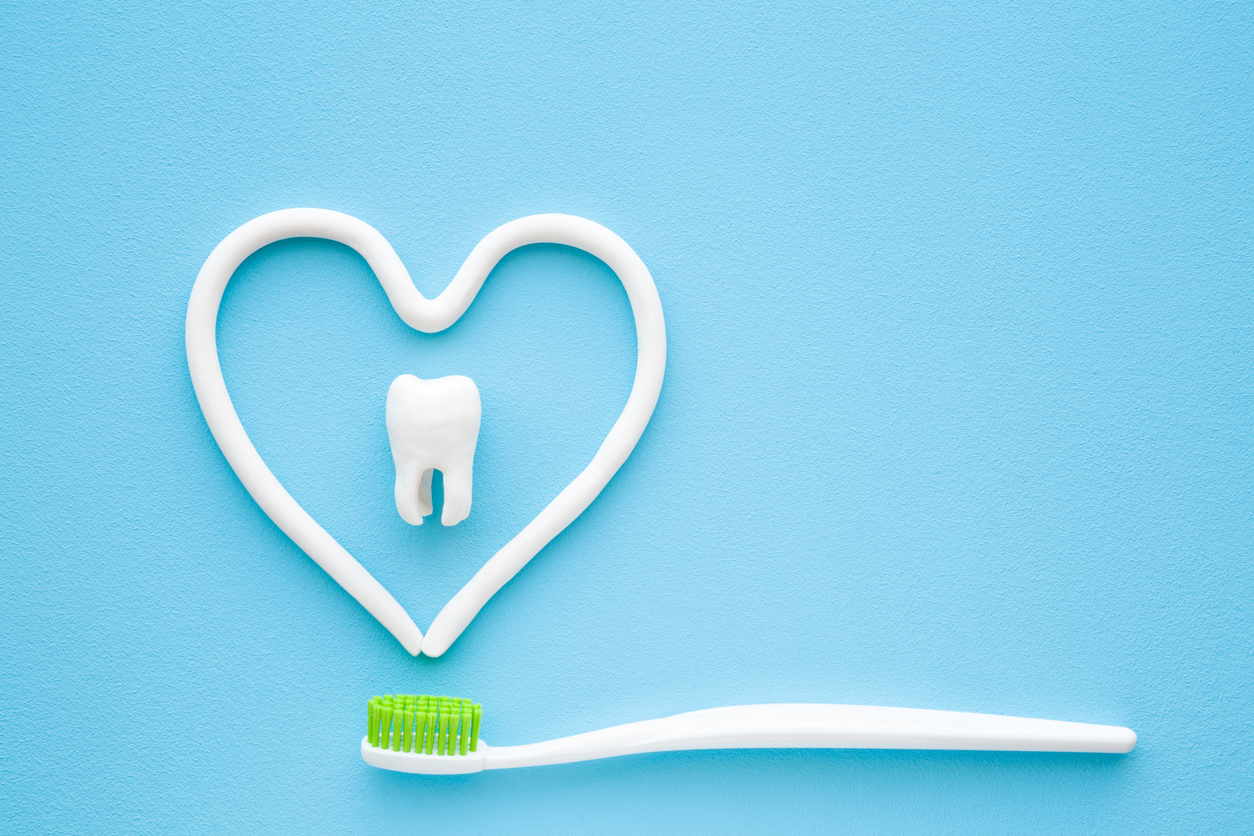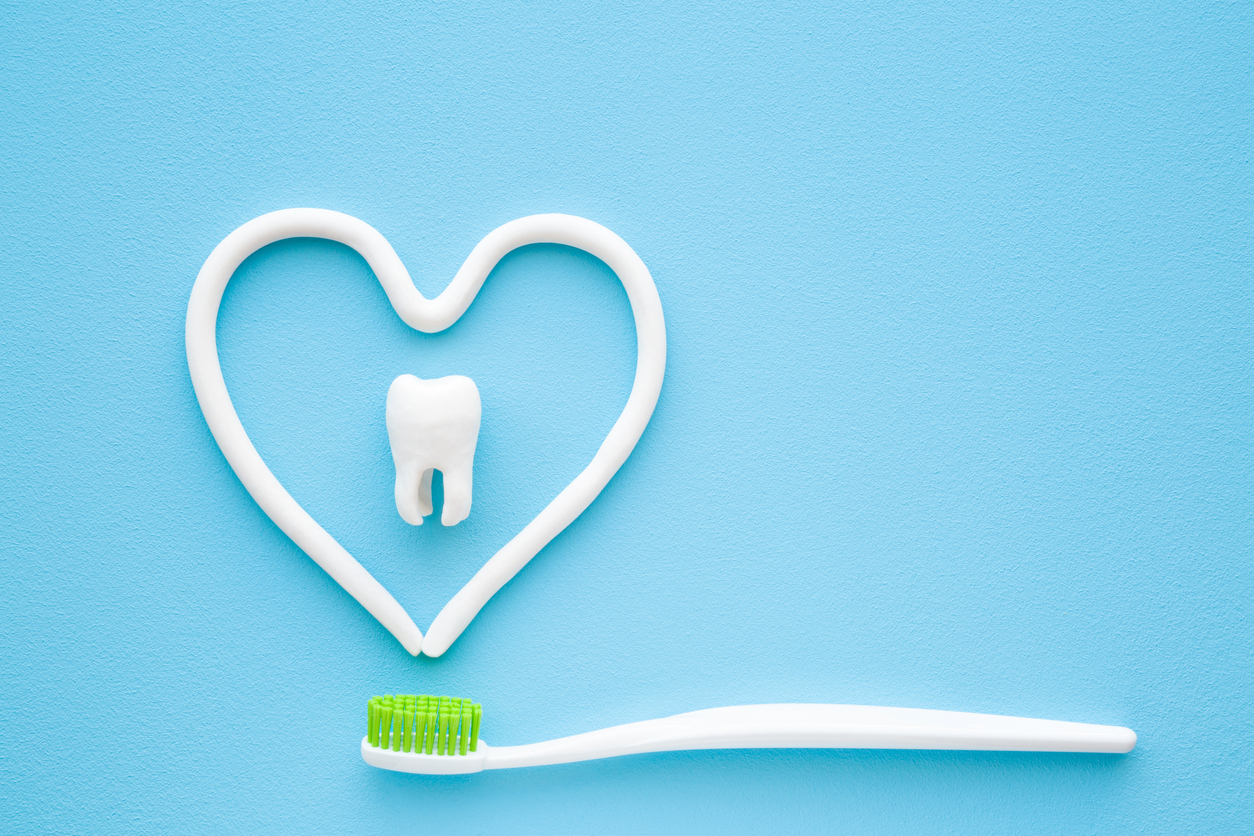Hygiene and Preventive Dentistry
Regular dental check-ups are so important and we recommend them at least every six months. Having your check-ups at regular intervals allows your hygienist to keep an accurate record of your oral health. Also, regular check-ups reduce the chances of oral problems becoming large procedures.
During your appointment with your hygienist your mouth is checked to see if it is healthy, he/she will look for cavities, measure the bone levels around your teeth, then your restorations will be examined for chips, breaks, or malformation, your bite is tested and finally a complete cleaning.
During your cleaning plaque and tarter are removed from just below your gum line and on the surfaces of your teeth. This is essential to good oral health as tartar and plaque buildup are the main causes of bacterial growth that leads to bone loss and periodontal disease. Bacteria and toxins are the main cause of bone loss and eventually tooth loss. The lack of regular hygiene appointments also allows tooth decay to grow. If left untreated it can reach the pulp chamber quickly and lead to root canals. New studies are showing that poor oral health maybe contributory to the development and exacerbation of other diseases such as heart disease, arthritis, diabetes and other auto-immune diseases.
Preventive Care

Periodontal disease is also known as gum disease and is a serious medical condition that affects the teeth, gums and bones that surround the teeth. The main cause is a film that collects on your teeth everyday called plaque. This should be removed everyday or it will mineralize and turn into tarter. Tarter must be removed by a hygienist or dentist as it will cause bone loss by growing into the root systems.
To diagnosis periodontal disease your oral health professional will use a small instrument called a probe and gently measures how deep the pockets are on six locations around each tooth. Typically, you would like a measurement under 3mm. Once your gum levels have been obtained through probing the dentist can create a periodontal treatment plan that will improve or maintain you current oral health.

Signs of Periodontal Disease:
Bleeding gums
Swollen red gums
Teeth shifting
Loose teeth
Bad Breath
Flossing
Another important part of your oral health care is flossing. Although brushing is effective the bristles on your brush cannot reach between your teeth. Those surfaces are common spots for cavities. Most cavities start between your teeth and its essential to remove the plaque at least once a day.
How to Floss:
We recommend the use of dental floss. The type of floss does not matter since they all work the same and do the same job. We recommend using about 18 inches of floss; wrap the floss around the middle finger of each hand leaving about 5 inches of floss between each hand. Pinch the floss between your thumb and your index finger and leave about one inch in between to work with. Gently work the floss between the teeth using a side to side motion. Pull the floss tightly in a C shape around the side of the tooth and slide it under the gum line. Clean the surface of the tooth by using an up and down motion not a side to side motion until the surface is clean. When all the plaque is removed and the tooth is properly cleaned you may hear the floss start to squeak. Next, pull the floss around the next tooth and repeat the process. Wind the floss to a fresh section and gradually work your way around your mouth cleaning both sides of your tooth. For difficult areas that you cannot properly reach we suggest trying a flossing fork. If your gums are infected they will bleed which is expected if you are just beginning to floss. After a week of regular flossing, the bleeding should stop.
Superfloss and floss threaders are used for patients with bridges and braces. The floss has a stiff end that makes it easy to thread the floss around the wire of braces or through a bridge. The floss is used to remove plaque build-up much like regular floss. When using floss threaders you put floss through the loop and then you can pull the floss through tight spots or under bridges.
Night Guards
Bruxism is the grinding or clenching of teeth which occurs primarily when a person is sleeping. People with bruxism feel symptoms like a sore jaw, tightness or pain in the jaw joint (TMJ) and sensitivity. However, most people are unaware of their habit. When clenching your teeth you are applying 10 times more pressure then normal chewing. If left untreated you may see visual signs of flat or worn teeth, chips or cracked teeth, damage to the bone around teeth and damage to your jaw joint (TMJ). Professionals have found that some of the causes of grinding are related to stress and can be significantly reduced with the use of a night guard while sleeping.
Fluoride
Fluoride has been one of the most beneficial discoveries of preventive dentistry in the last 50 years. Fluoride is commonly found in almost all water and toothpastes. Some cities have become proactive in tooth care and will add fluoride to the water to help prevent tooth decay. Fluoride is an important part of your prevention program as it helps to strengthen your teeth and prevents cavities. When combined with other oral care techniques like flossing and brushing your chances of getting a cavity are dramatically reduced. This will then create a surface that is more resistant to decay by approximately 60%. In adults, fluoride can help repair an early cavity even before it has become visible in the mouth by rebuilding the enamel layer of the teeth. As well, in adults fluoride can be used to diminish root caries or root sensitivity. We recommend fluoride in toothpaste for all of our patients. We also administer fluoride in our office immediately after your cleaning.
Sealants
Sealants are another important part of a preventive dental care program. For many patients their back molars have deep pits and grooves that are very difficult to clean effectively with a brush. As plaque begins to build up in those grooves, an attack on your enamel occurs, and your teeth become susceptible to cavities and decay. Sealants are a clear or white resin material which is placed in the grooves and pits of the biting surfaces of your back teeth. To place a sealant numbing is not usually necessary. First we thoroughly dry and clean the teeth. Next a conditioning gel is applied and then the sealant material is brushed into the grooves. Some types of sealants harden on their own while others harden when exposed to a special high intensity light.
Bad Breaths
Bad breath is also known as halitosis and is often easily treated. Bad breath is uncomfortable and embarrassing but the good news is that it is reversible! The causes of bad breath are strong foods such as onions and garlic, dry mouth which can happen if you smoke, are stressed, due to age, medical problems, improper home care and periodontal disease. Eliminating the bacteria found on your tongue and gums is one of the first steps in eliminating bad breath. Professional dental cleanings also help by removing the sulphur producing bacteria that is found on your teeth and under your gums. As well, proper home care which includes brushing, flossing and tongue scrapping and sometimes a bacterial rinse may be recommended. Nasal, lung and stomach problems also can contribute to bad breath. Contact us to book an assessment if you suffer from halitosis.
